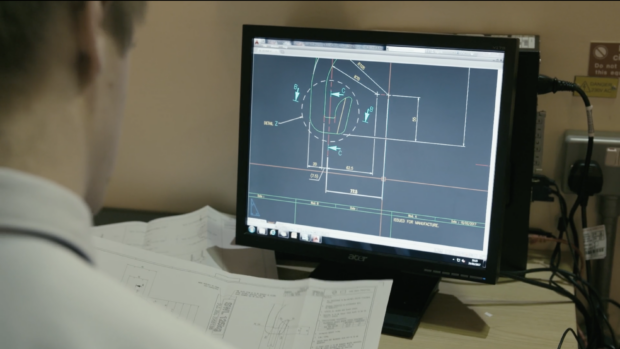
Every day, the Institute for Apprenticeships is working with employers to create and develop new apprenticeship standards. We’re doing this to raise the quality of apprenticeships, and to replace all the old apprenticeship frameworks by 2020.
Frameworks don’t always work
Frameworks, developed by sector bodies, are used to assess apprenticeships. Each framework contains pathways which set out different roles. English Apprenticeships: Our 2020 Vision tells us there are now around 230 apprenticeship frameworks and over 700 pathways within them.
Frameworks are primarily qualification-focused. The main aim at the end of a framework is to have achieved a competency-based qualification, such as an NVQ, and a technical qualification, such as a BTEC.
It’s possible for an apprentice to achieve all qualifications in the framework but not actually have the right skills to carry out their job. This means some apprentices may need further training from their employer.
In a framework, apprentices are assessed throughout their apprenticeship. They have to obtain a number of qualifications during the apprenticeship. Once they’ve completed a unit, it is ticked off and they won’t necessarily need to demonstrate the skill again.
There is no overall end assessment, which means no one is actually checking if the apprentice has the right skills to do their role.
Standards meet the needs of employers
A standard contains a list of the skills, knowledge and behaviours an apprentice will need to have learned by the end of their apprenticeship.
Standards are occupation-focused; they are not qualification-led. The learning happens throughout the apprenticeship. And the apprentice is assessed at the end. They need to prove that they can carry out all aspects of their job. They develop transferable skills and gain credibility too.
We’re developing standards to raise the quality of apprenticeships by responding to the needs of employers, who know what they want from their employees. They can best describe what skills, knowledge and behaviours an apprentice will need at the end of their apprenticeship.
We’re calling the groups of employers we’re working with ‘trailblazers’. These groups are made up of at least 10 employers, and the work they’re doing is supported by the guide for trailblazers.
Trailblazers develop the standards for their relevant occupation themselves. This means that the standards are related to what is needed in the workforce and know what skills an apprentice will need to be capable and qualified in that future role.
We’ll talk more about this process, and how we’re working with employers to improve it in future posts on this blog.
If you want to get involved in helping to shape the future of apprenticeships in your industry, applications are currently open to become a Route Panel Member.
Follow the Institute on Twitter, and don’t forget to sign up for email alerts.
Leave a comment